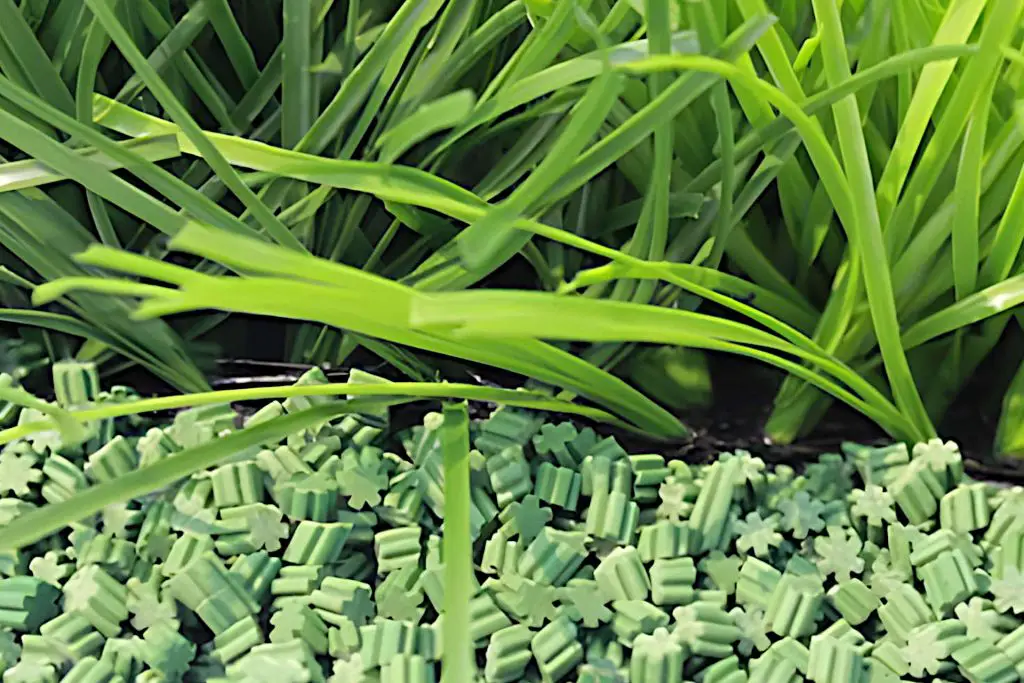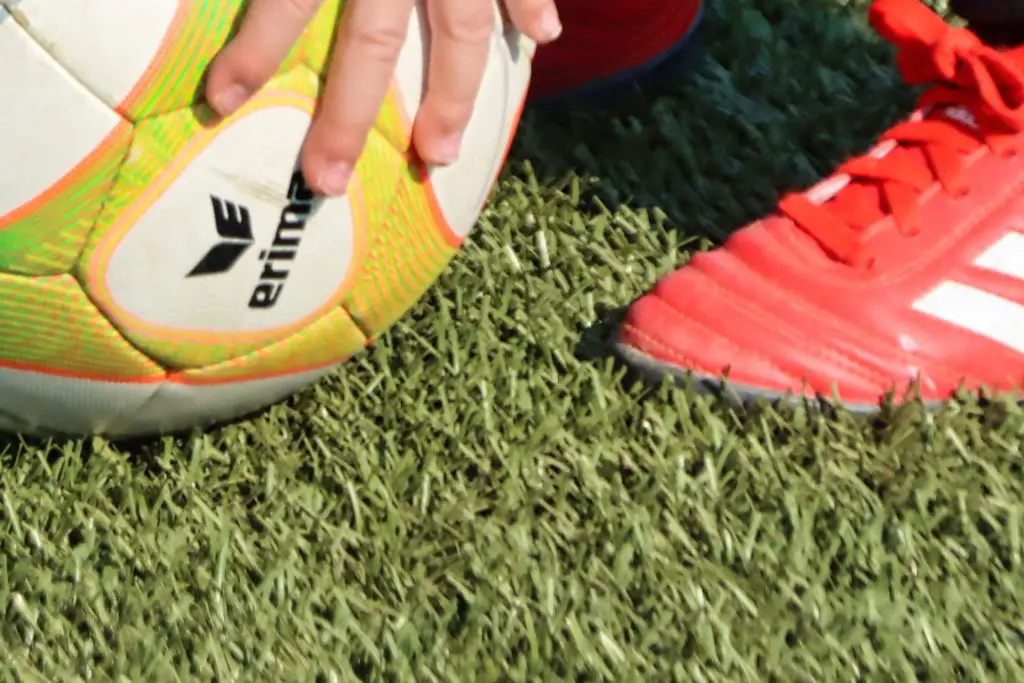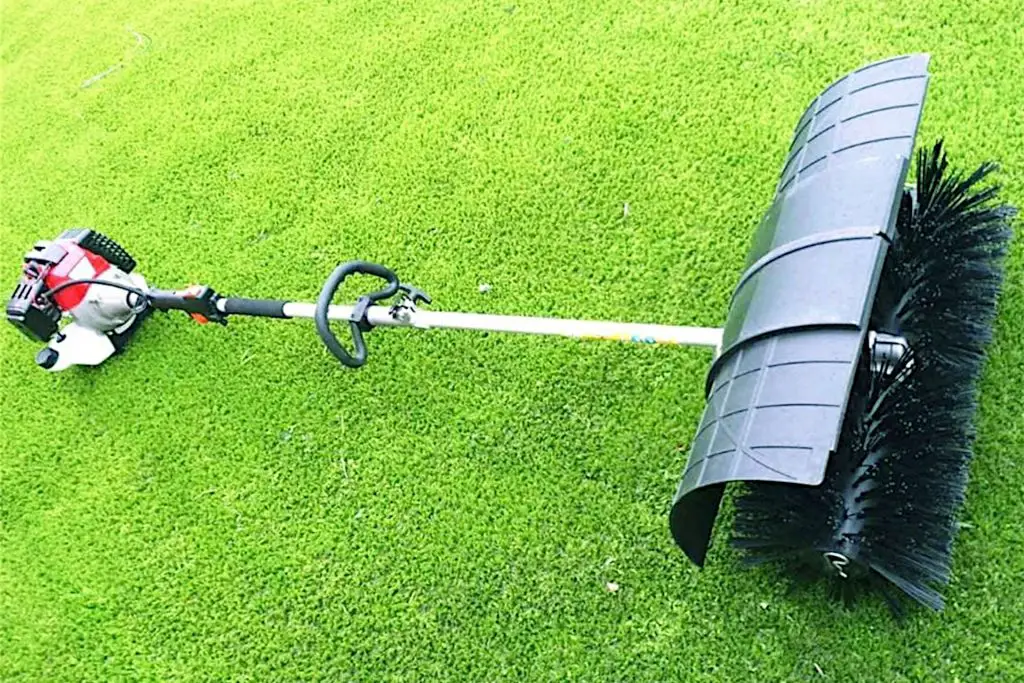How Long Will Your Artificial Turf Last? 6 Factors that Affect the Lifespan of Artificial Turf
Artificial turf has become a popular choice for many homeowners and businesses because of its low maintenance and durability. However, one question many people have is how long the artificial turf will last.
The lifespan of artificial turf depends on a number of factors, including the type of turf, the amount of use, and the climate. In this article, we will look at the six key factors that influence how long your artificial turf will last
Although most manufacturers of artificial turf lawns guarantee their products for between 8-10 years, in general, provided it was properly installed and has been regularly maintained, artificial turf lawns should last around 15 years, or even longer if it is only lightly used.
The Quality of The Synthetic Fiber Used
The fact that artificial grass is long-lasting, requires little upkeep, and can be used throughout the whole year has contributed to its widespread adoption as a surface for athletic fields and playgrounds. However, the longevity of artificial grass is directly correlated to the quality of the synthetic fiber that is utilized in its construction.
Nylon and polyethylene are the two primary kinds of synthetic fiber that are used. One of the two fibers, nylon, has a longer lifespan than the other, but it also costs more. It is more resilient to climate issues and the strength of the fiber allows the blades to more easily return to an upright position, all factors that can affect the lifespan of the installation. Polyethylene grass fiber is less durable than nylon but is cheaper, which brings down the initial cost of installation.
There are various levels of quality with both the nylon and polyethylene fibers that are utilized to make artificial grass and these quality levels are a factor in determining how hot artificial lawns get throughout the summer. Because nylon is less heat-conductive than polyethylene, fields covered with nylon fibers are able to maintain a more comfortable surface temperature.
The average life expectancy of artificial grass is between 12 and 15 years, however, this might vary depending on the quality of the synthetic fiber that was used in its construction.
Using the Right Infill Will Help Extend Your Turfs Life

The type of infill materials used in artificial turf can have a significant impact on its lifespan. In general, infill helps to resist compression and keeps the turf from settling over time. It also helps to protect the turf against wear and tear.
Some of the most common types of infill used in artificial turf include rubber, sand, and crumb rubber. Each of these materials has its own advantages and disadvantages. For example, rubber is very durable but can be more expensive than other options.
Sand infill is a popular choice because it is inexpensive and provides good drainage, but it can be messy and is not as durable as rubber. Crumb rubber is a recycled material that is becoming increasingly popular as an infill. It is environmentally friendly and provides good drainage, but it is not as durable as rubber.
Ultimately, the type of infill used in artificial turf should be based on how the turf will be used. If the turf will be used frequently or for high-impact activities, then a more durable infill like rubber may be necessary. If the turf will be used primarily for decorative purposes, then a less expensive and less durable option like sand may be sufficient.
Volume and Type of Use

Artificial turf is a popular surface for sports fields, playgrounds, and even residential lawns. While it has many benefits over natural grass, the lifespan of an artificial lawn can be affected by the volume and type of use it gets. The more foot traffic an artificial turf lawn or field gets, the shorter its lifespan will be. This is due to the amount of stress placed on the turf when it is being used heavily.
Heavy use puts stress on the turf, causing the fibers to break down. This makes the turf look dull and worn out sooner than normal use. For example, if you have a football field where the players run full speed all day every day, the artificial turf will need to be replaced sooner than if the same field were only used for soccer practice once per week. Similarly, if your children play on the artificial turf on a daily basis, their feet will put a lot of pressure on the turf, which could shorten its lifespan.
If you are using your turf for recreational purposes, such as playing games or having picnics, it will last longer than if you are using it as a parking lot or playground
How the Weather Can Impact Your Turfs Lifespan
The lifespan and longevity of your artificial turf can be affected by the weather and climate conditions in your location. If the turf is installed in an area that experiences extreme temperatures, either hot or cold, it can shorten the lifespan of the turf.
UV rays and heat usually have the biggest impact on synthetic lawns. Firstly, if the turf is constantly exposed to direct sunlight, the UV rays can break down the fibers of the turf, causing it to become brittle and eventually tear. Secondly, if the turf is constantly exposed to high temperatures, the turf can start to melt and deform. Lastly, if the turf is constantly exposed to high levels of humidity, the turf can start to mildew and rot.
In particular, heat and UV rays can damage poor-quality synthetic grass fibers, leading to shorter lifespans and less longevity. Synthetic lawns that are installed in an area with high exposure to sunlight, for example, will likely not last as long as turf that is installed in a shadier location unless you use nylon fibers which are more resistant to UV radiation.
How Proper Installation and Drainage affects the Lifespan of Your Artificial Turf
If the installation is not done properly, or if drainage is not taken into account, your artificial turf can fail prematurely.
There are two main factors that can affect a good installation. The base it is laid on and the drainage.
If it is installed on a bad surface, or without a proper weed membrane, it will be more susceptible to damage from heavy usage. Also, if there is no proper drainage system, water can pool up under the turf, making it difficult for the turf to dry out. This causes the turf to get wetter and heavier, which leads to premature failure.
When installing your artificial turf, make sure that the installer takes these things into consideration. A professional should know how to install your turf so that it lasts for years to come.
The Importance of Maintaining Your Artificial Turf

While it doesn’t require the same level of maintenance as a natural grass lawn, it still needs some care to keep it looking its best and lasting longer.
One of the most important things you can do is brush rake the infill to remove any clumps, dirt, and debris. This will help keep the fibers standing up straight and allow water to drain properly. You should also rinse off the turf after each use, especially if it’s been exposed to pet waste or other contaminants.
Ignoring any and all maintenance could lead to bacteria build-ups causing mold in humid conditions as well as premature wear and tear. You can, however, extend the lifetime of your artificial grass and ensure that it continues to look wonderful for many years to come if you maintain it on a regular basis.
Final Thoughts: How Long Will Your Artificial Turf Last
Most manufacturers will guarantee their products for between 8-10 years. If, though, you properly look after it, and it was installed on a good base with adequate drainage, an artificial turf lawn should last for up to 15 years, and if it has particularly light use even longer.
Buying quality artificial turf goes a long way to ensuring a long life for your lawn. However, you do need to maintain it. If you don’t carry out basic maintenance at regular intervals then the synthetic turf is more susceptible to wear and tear, reducing its potential longevity.
